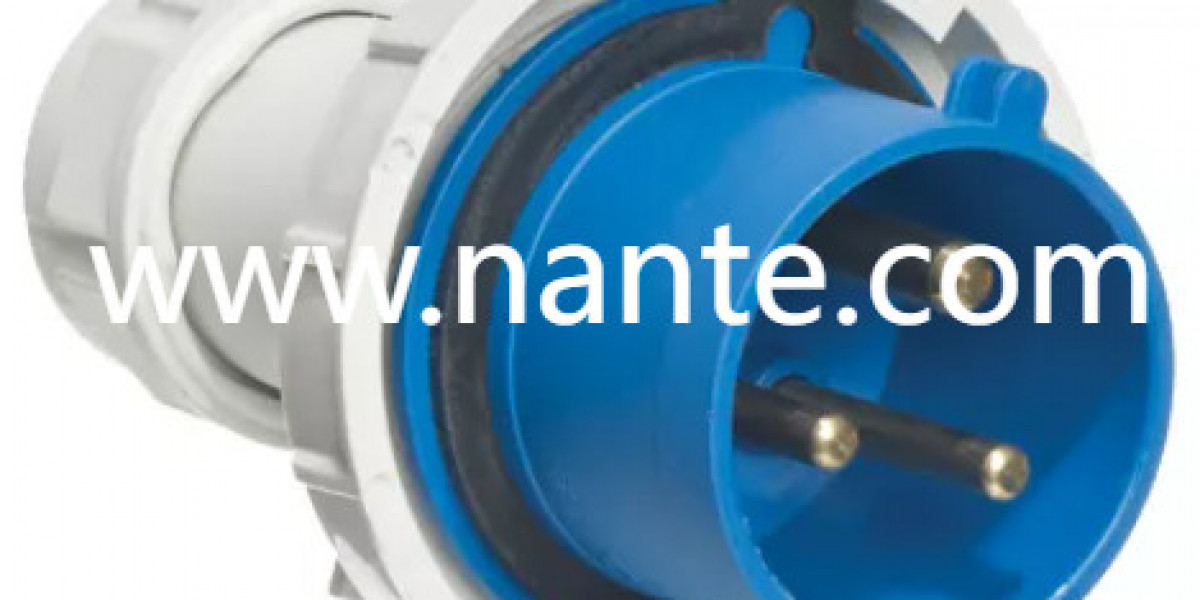Workplace safety remains a top priority for industries worldwide, especially as regulatory bodies intensify efforts to reduce accidents in high-risk environments. Central to these efforts is the industrial plug, a component engineered to address electrical risks that standard household connectors cannot withstand. From construction sites to chemical plants, these specialized systems play a vital role in preventing shocks, fires, and equipment failures by combining durability with advanced safety features.
The Risks of Ordinary Electrical Systems
Consumer-grade plugs and sockets are designed for everyday use in stable, low-demand settings. However, they lack the structural integrity needed for industrial environments, where extreme temperatures, vibrations, and exposure to harsh substances are common. In facilities handling flammable materials or operating heavy machinery, loose connections or degraded insulation in standard plugs can lead to sparks, short circuits, or overheating—each posing a serious threat to workers and infrastructure.
Technical plug systems counter these risks through robust designs. For example, reinforced casings resist physical wear and tear, while heat-resistant materials prevent melting or deformation near high-temperature equipment. Unlike household sockets, industrial versions incorporate locking mechanisms that keep connections secure even in settings prone to constant movement, such as mining sites or manufacturing floors.
Built to Withstand Extreme Conditions
A key advantage of technical plugs lies in their ability to function reliably under stress. In environments like chemical plants or oil refineries, where corrosive substances or moisture are present, these systems feature sealed designs to prevent liquids or dust from compromising electrical contacts. This safeguards against short circuits and reduces the risk of fires sparked by environmental contamination.
Similarly, technical plugs used in construction or mining prioritize vibration resistance. Standard plugs can loosen over time when exposed to machinery vibrations, creating arcing hazards. Industrial versions, however, utilize twist-lock designs or threaded couplings to maintain secure connections, ensuring power stability even in dynamic workspaces.
Enhancing Safety Through Design Innovation
Beyond physical durability, technical plug systems integrate fail-safe features to prevent human error. Color-coded connectors or unique keyway shapes help workers avoid mismatching voltages, a common cause of equipment damage. Some designs also include ground-fault protection, instantly cutting power if irregularities in current flow are detected—a critical defense against electric shocks.
These innovations are particularly valuable in volatile settings. For instance, facilities handling combustible materials rely on industrial plugs with spark-resistant coatings to eliminate ignition risks. In contrast, consumer-grade alternatives lack such specialized safeguards, leaving gaps in safety protocols.
The Long-Term Value of Industrial-Grade Solutions
While technical plugs may require a higher initial investment compared to standard options, their long-term benefits outweigh the costs. Electrical failures in high-risk environments can lead to operational downtime, repair expenses, and reputational damage—all of which far exceed the price of upgrading to industrial-grade systems. Moreover, as safety regulations grow stricter, companies that proactively adopt these solutions avoid penalties while demonstrating a commitment to worker protection.
Conclusion
Industrial plug systems are indispensable in mitigating electrical hazards across industries. Their ability to endure harsh conditions, prevent accidental disconnections, and incorporate intelligent safety mechanisms makes them a cornerstone of modern workplace safety strategies. As industries continue to prioritize accident prevention, investing in these systems is not just a regulatory step but a practical necessity. For organizations seeking reliable solutions, companies like Nante provide tailored designs that align with the demands of hazardous environments. To explore how advanced electrical safety can transform your operations, visit www.nante.com.








